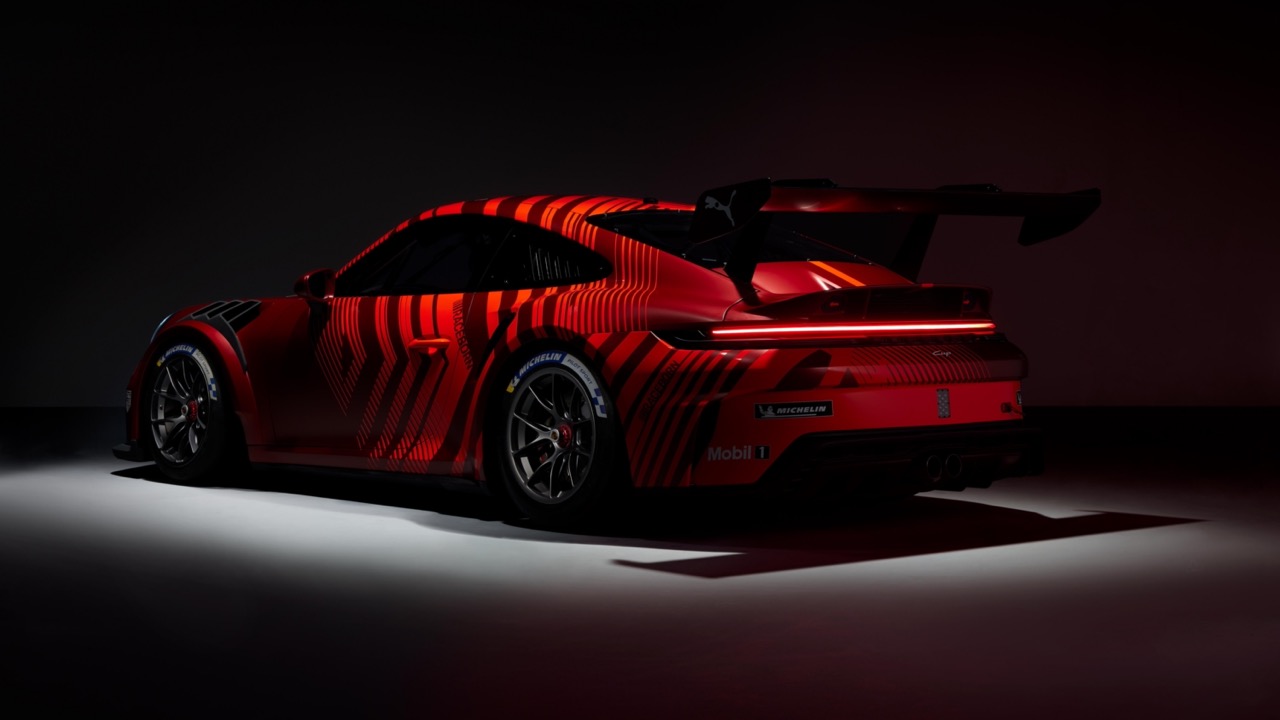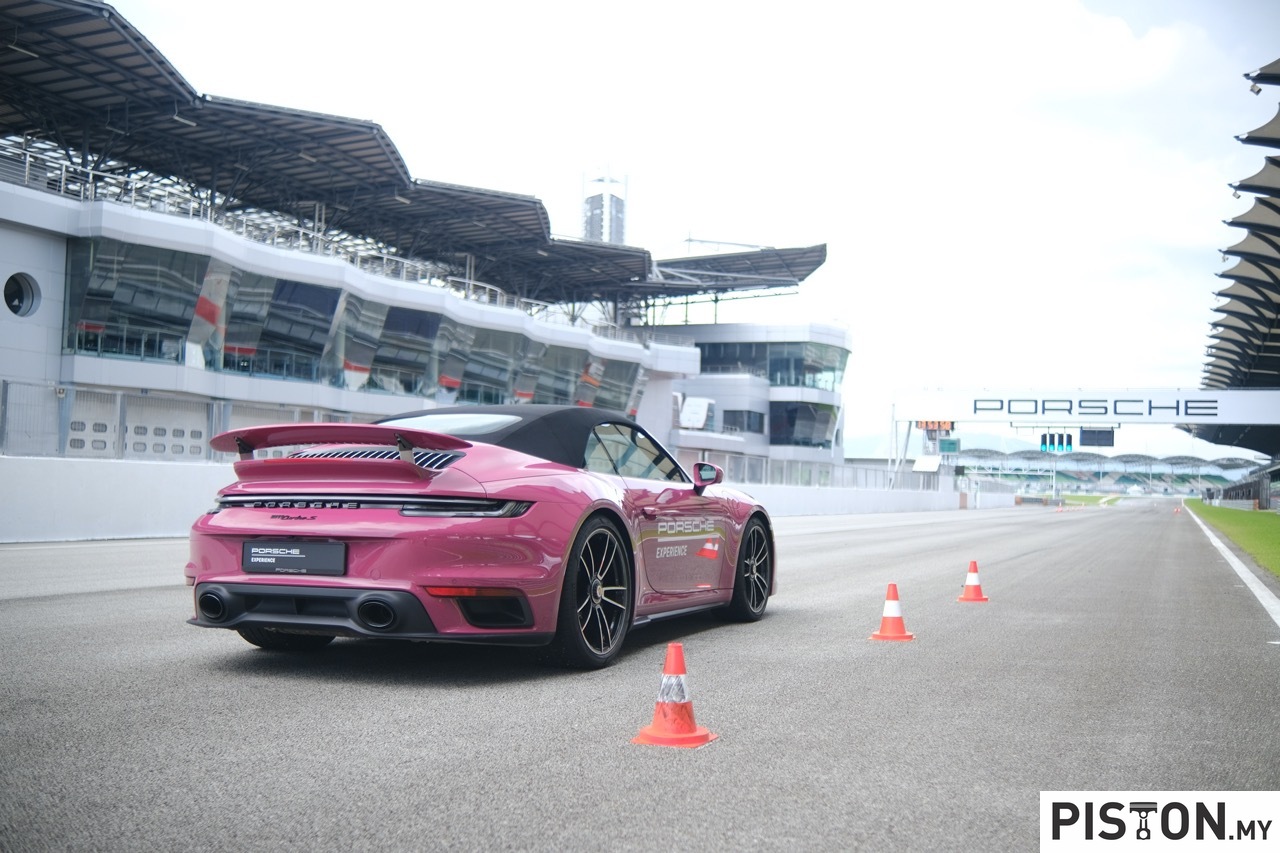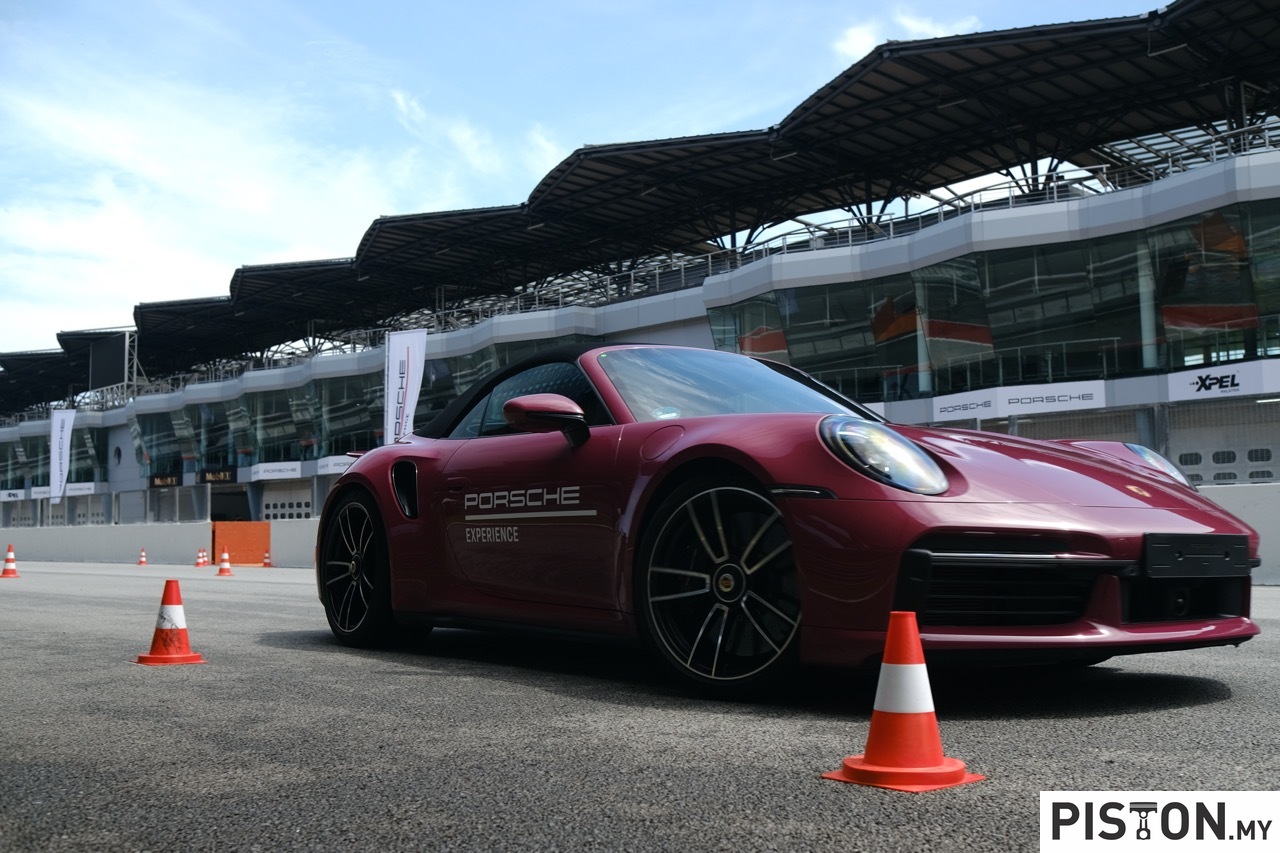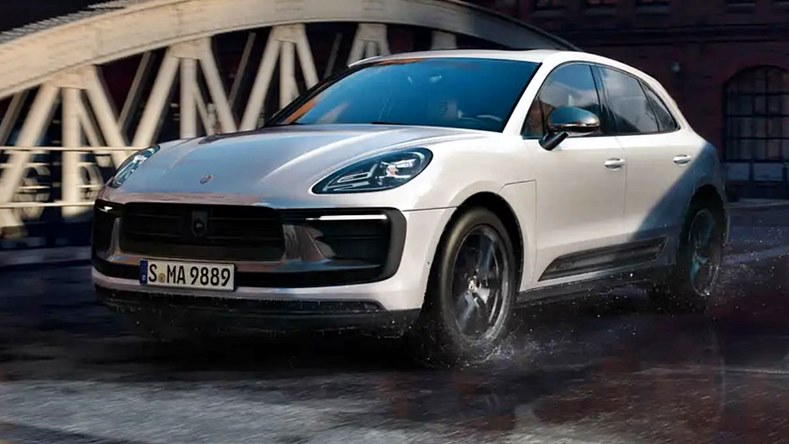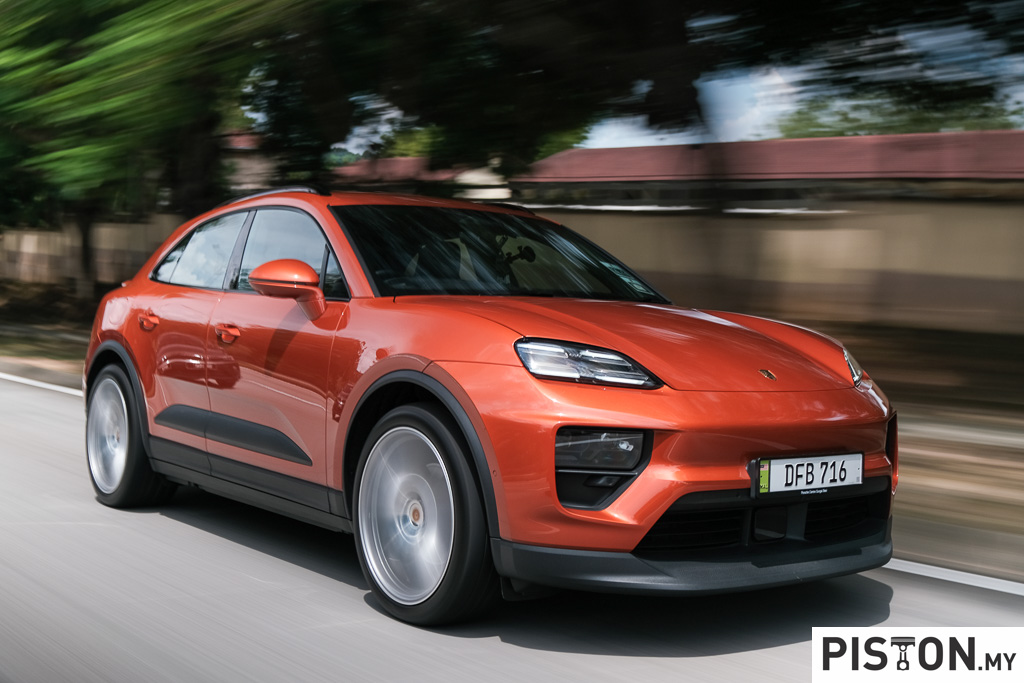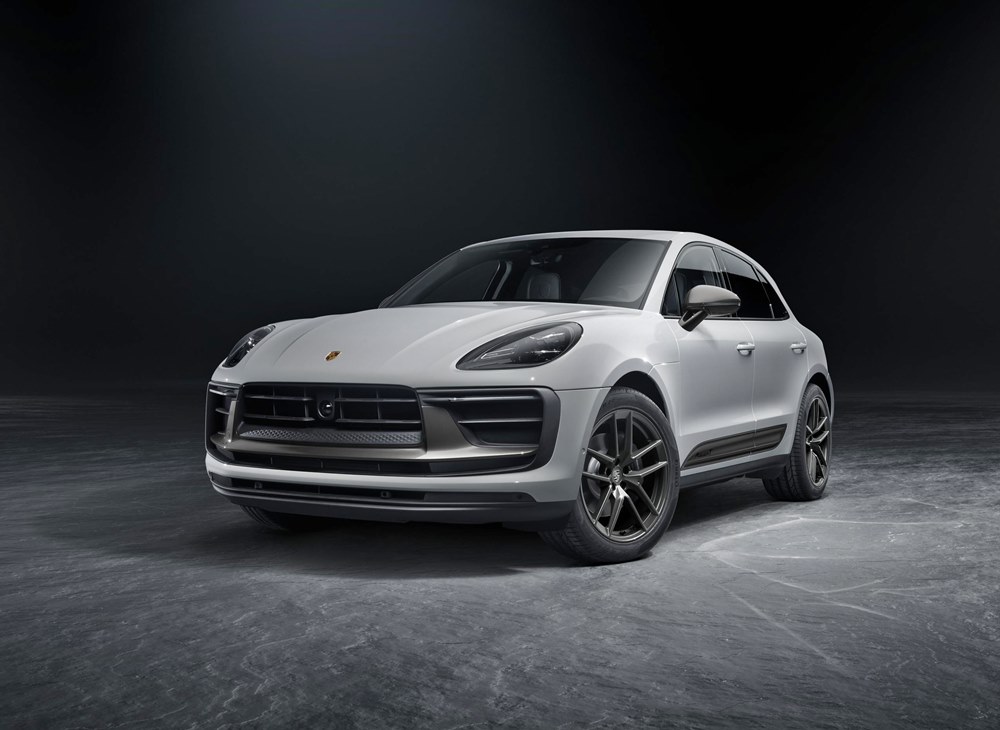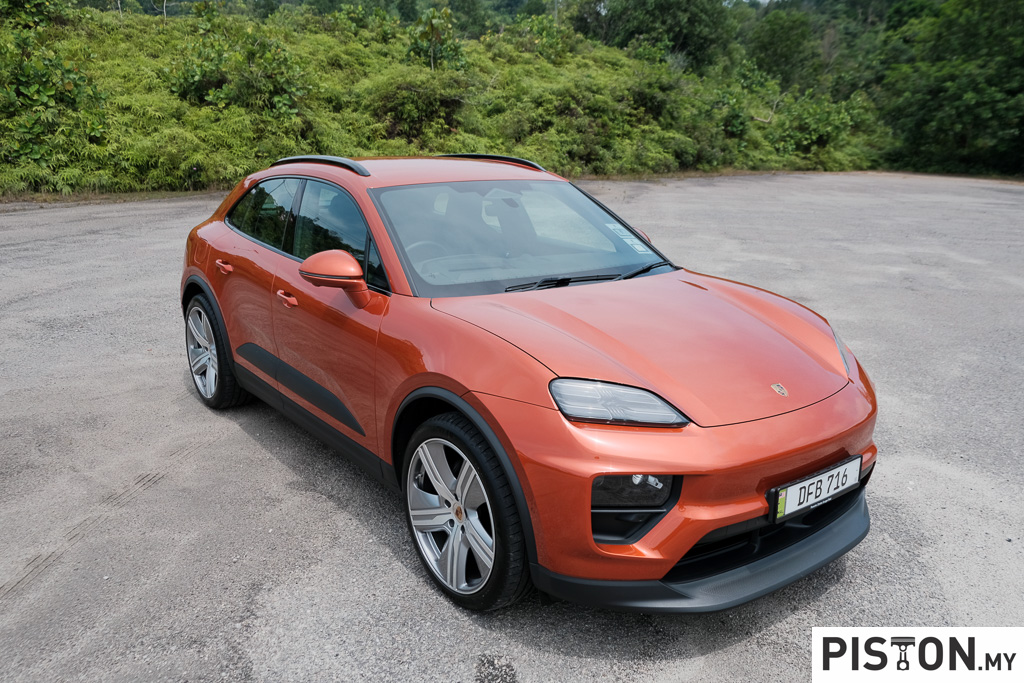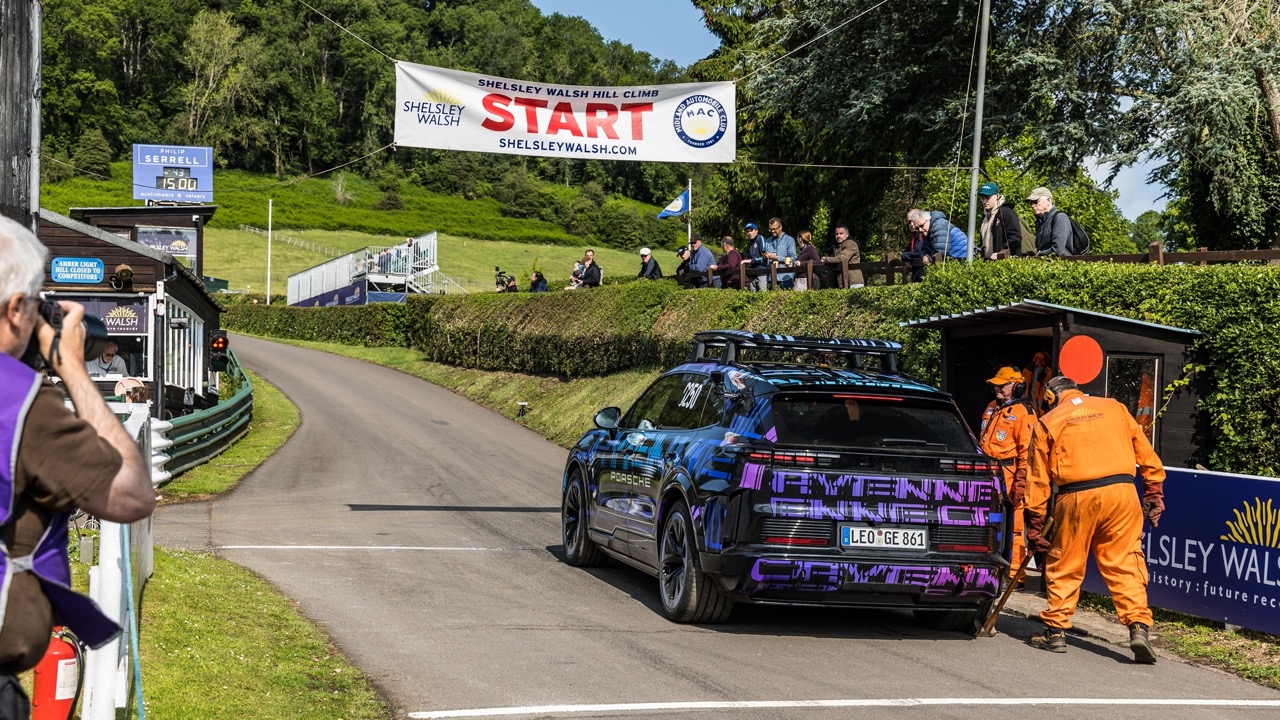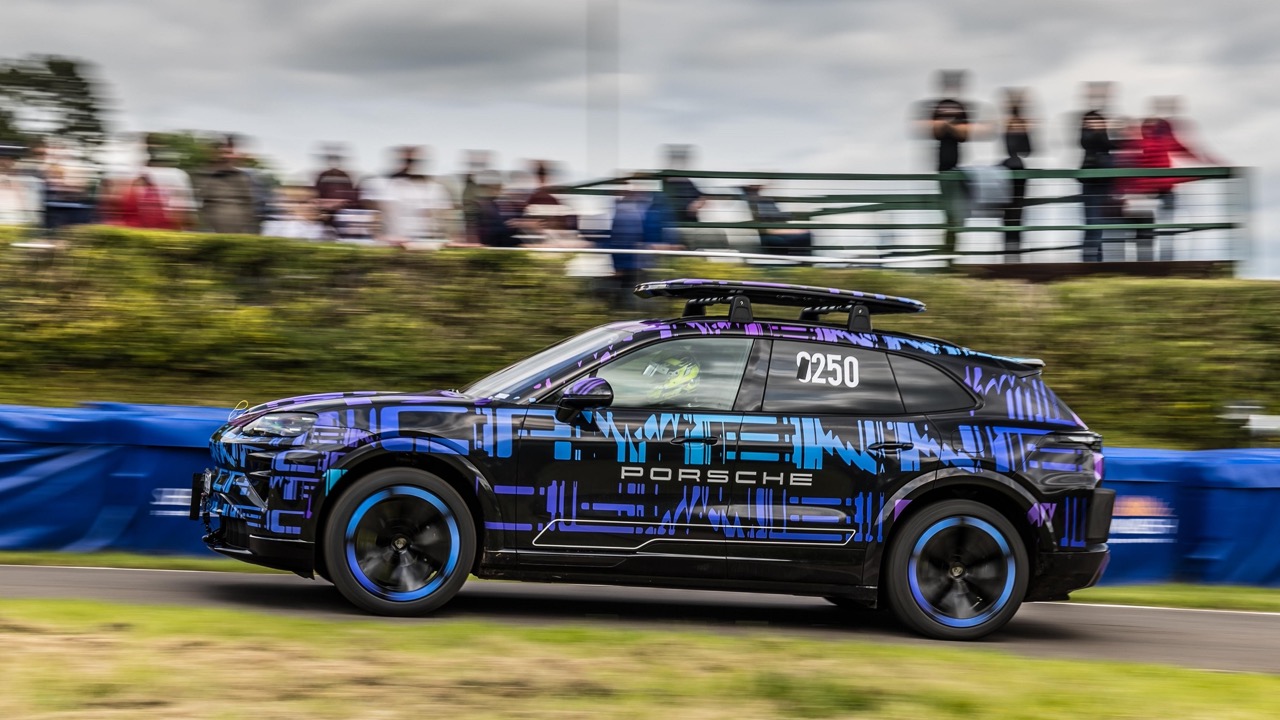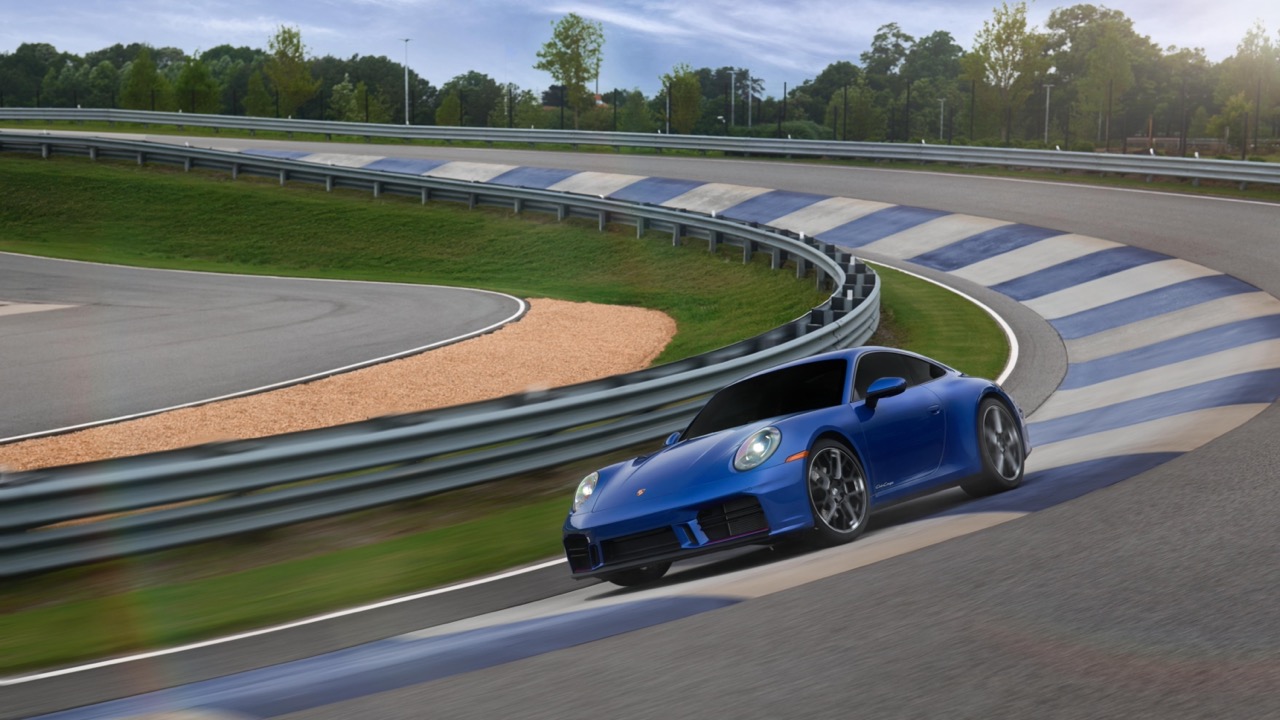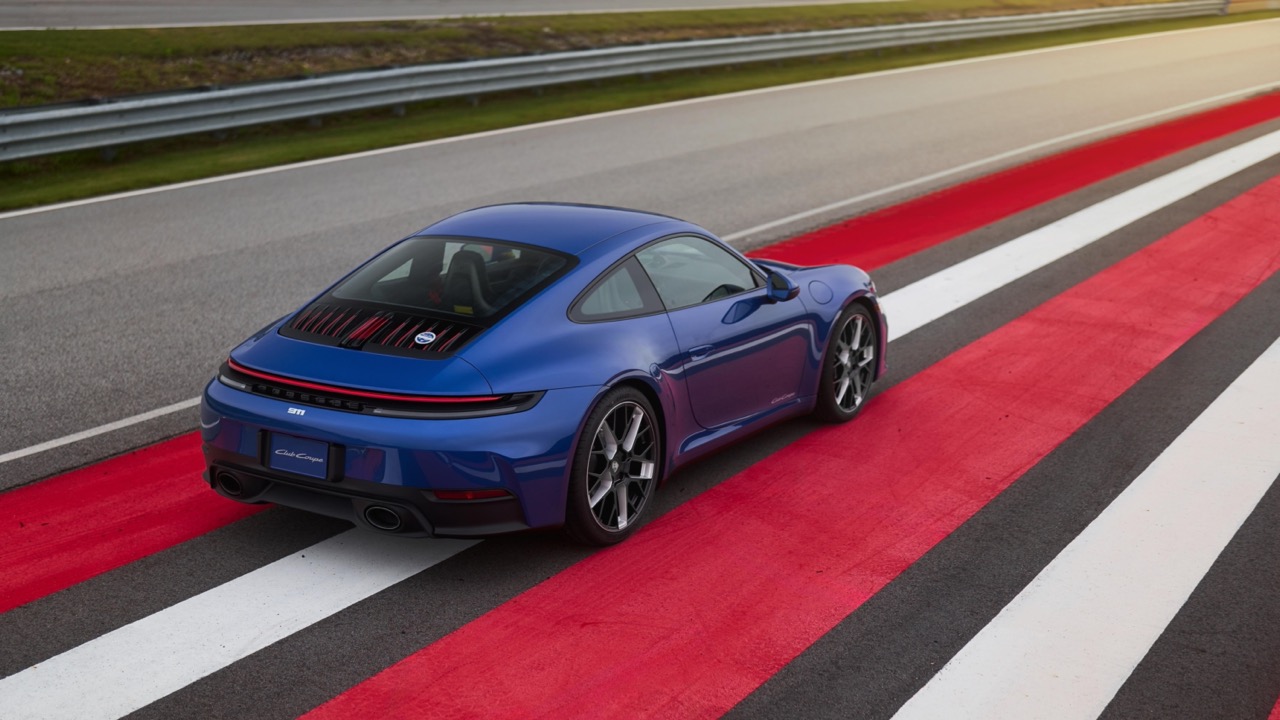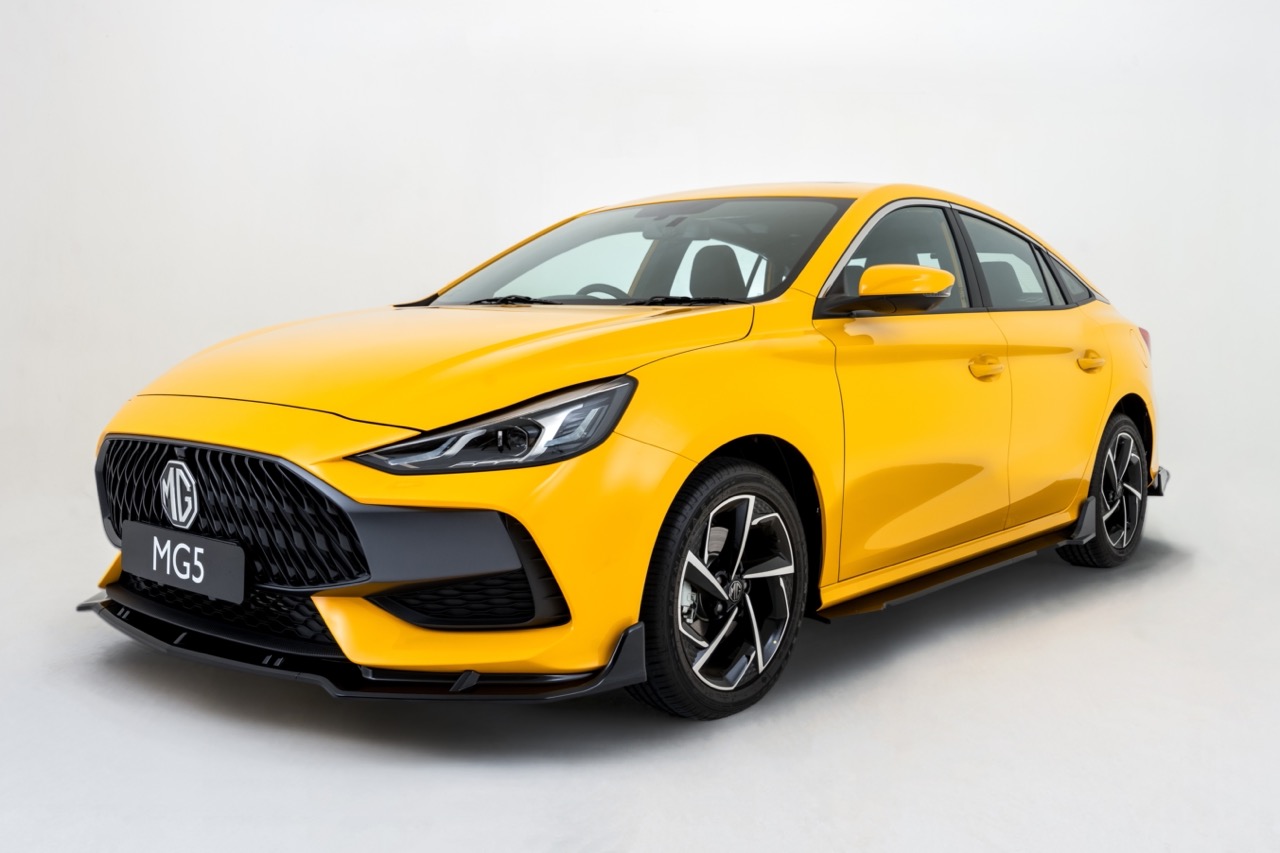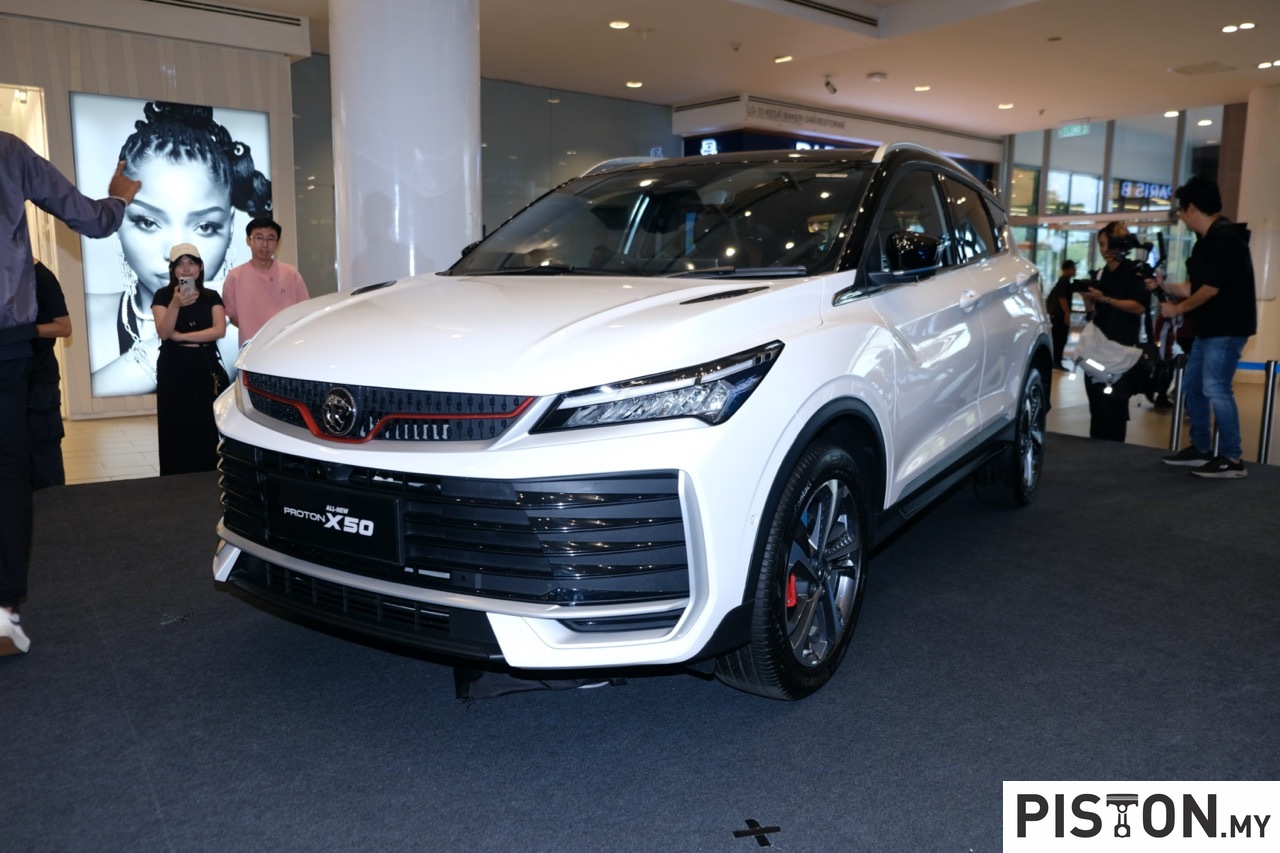Following Porsche’s recent triumph in the ABB FIA Formula E World Championship 2025 — securing both the Teams’ and Manufacturers’ titles — Porsche Malaysia is set to host a nationwide Motorsport Weekend on 16 and 17 August 2025. The event will be held concurrently at Porsche Centre Ara Damansara, Porsche Centre Penang, and Porsche Centre Johor Bahru, offering fans a chance to experience the brand’s motorsport heritage up close.
The celebration will feature a striking display of Porsche’s latest road-going models, each adorned with legendary race liveries that pay tribute to the marque’s illustrious history on the track.
Among the highlights will be the iconic Salzburg red-and-white livery, first immortalised on the Porsche 917 KH that delivered the brand’s inaugural overall victory at the 1970 24 Hours of Le Mans. That win not only marked a milestone in Porsche’s endurance racing legacy but also redefined what the company could achieve on the world stage. Today, that bold colour scheme returns in a modern form, reimagined on the all-electric Macan — a car that blends motorsport DNA with everyday versatility.



